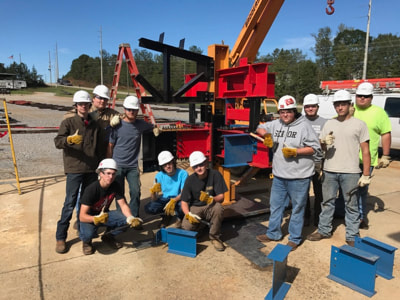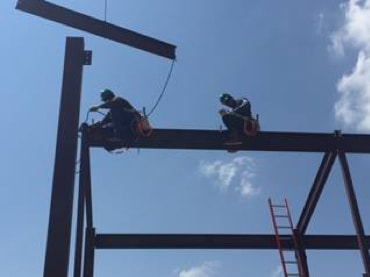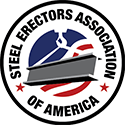 Training in a controlled environment using “real life” models and training aids exposes the trainee to safe and efficient practices. Training in a controlled environment using “real life” models and training aids exposes the trainee to safe and efficient practices. Summary Safety is a core value for many construction companies, with many subscribing to the mantra that all workers will return home at the end of the day in the same condition as they left home. But as experienced workers leave the industry, maintaining this goal with workers with less experience creates a new challenge.  Training towers have proven to be valuable tools for providing the controlled environment necessary to help new workers become competent working from heights before hitting the job site. Training towers have proven to be valuable tools for providing the controlled environment necessary to help new workers become competent working from heights before hitting the job site. Calculating frequency and number of incidents as it relates to age and experience can reveal patterns that employers should be aware of. Injuries generally occur in similar proportions to workers in all age groups, although there are some differences—1) inexperience, such as unfamiliarity with tools and equipment and 2) advancing years, such as decreasing coordination and resiliency to trauma. Construction is one of the industries with the highest projections for new employment opportunities. Overall, the construction industry employed 7,505,000 workers in July 2019 according to the Bureau of Labor Statistics. Of those workers the largest group, Construction Laborers make up over 11% or 849,570 new or entry level people. “The age of an injured worker is strongly correlated with length of service. More than 40 percent of injuries to workers under age 35 occurred among those in the first year of employment. Other researchers have noted the same relationship in studies of specific industries, occupations, or work activities. For example, one study found that in accidents arising from manual handling in the construction industry, .... in 60 percent of the cases the incidents occurred during the first year of employment," reports Norman Root, division chief, Office of Occupational Safety and Health Statistics, Bureau of Labor Some employers are forced to hire lesser-skilled workers in order to meet the ballooning demand, a risky endeavor since adhering to safety regulations is of utmost importance in the construction industry. Even non-life-threatening mistakes on a job site are cause for great concern as they can cost a firm thousands of dollars. Many who work as laborers for even a short period of time will suffer from permanent work injuries such as: hearing loss, arthritis, osteoarthritis, back injuries, eye injury, head injury, chemical burn (lime sensitivity), lung disease, missing finger nails and skin scars. According to 2017 Wikipedia statistics: The number of nonfatal occupational injuries and illnesses involving days away from work by occupation and age of worker, private industry. There are many factors involved in on the job injuries, but these best practices can help employers instill strong safety cultures among less experienced works. Best Practices:
Resources: The Steel Erectors Association of America, as an NCCER accredited sponsoring association, provides members access to nationally recognized custom curriculum, consisting of both classroom and hands on training. Contact Tim Eldridge at [email protected] or visit www.seaa.net. NCCER provides training curriculum, credentials, research and more https://www.nccer.org/. Labor and Human Resources practices and advocacy from The Associated General Contractors https://www.agc.org/industry-priorities/labor-hr. OSHA Training Tools https://www.osha.gov/dte/library/. OSHA Recommended Practices for Safety and Health Programs https://www.osha.gov/shpguidelines/. ConExpo-Con/Agg 5 Strategies for Retaining Construction Workers https://www.conexpoconagg.com/news/5-strategies-for-retaining-construction-employees/. This Safety Flash was contributed by Tim Eldridge of Educational Services Unlimited and SEAA’s Craft Training and Assessment Administrator, in cooperation with SEAA’s Safety Committee. It is designed to keep members informed about ongoing safety issues and to provide suggestions for reducing risk. Best practices are gathered from a variety of sources. They may be more or less stringent than individual corporate policies, and are not intended to be an official recommendation from SEAA. Always get approval and direction from your company officers on any new practice or procedure as these best practices may not work for all situations. Everyone benefits when a worker avoids injury. Submit your ideas for Safety Flash to [email protected]. Comments are closed.
|



 RSS Feed
RSS Feed
